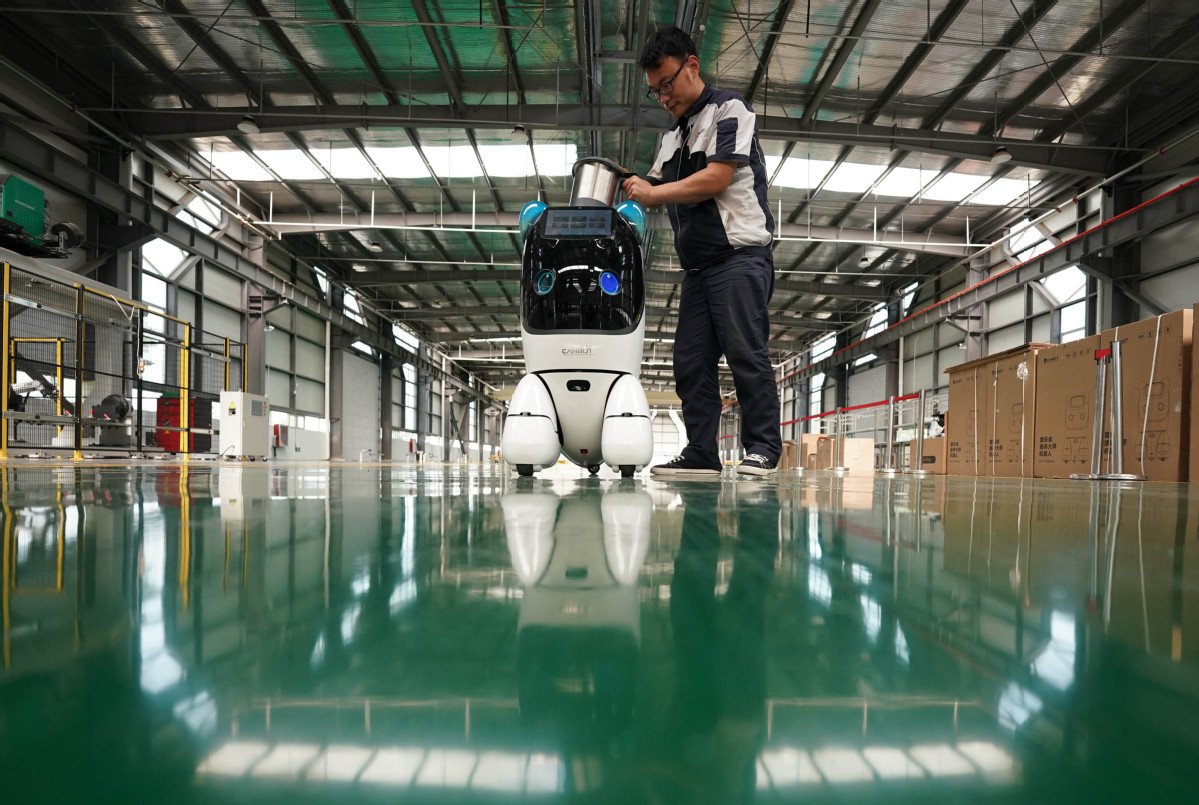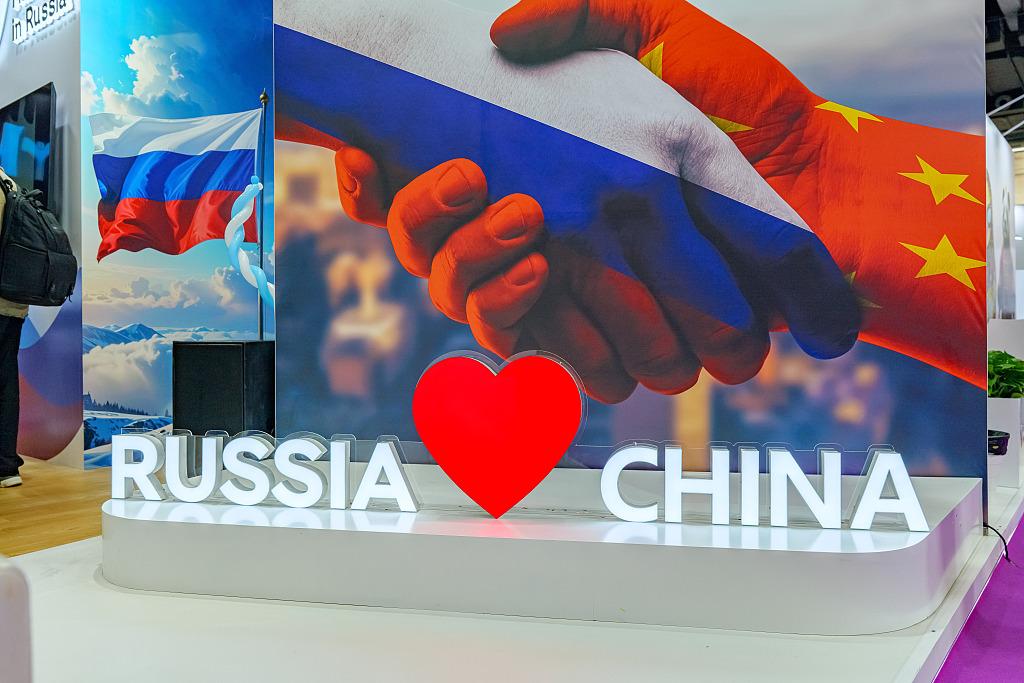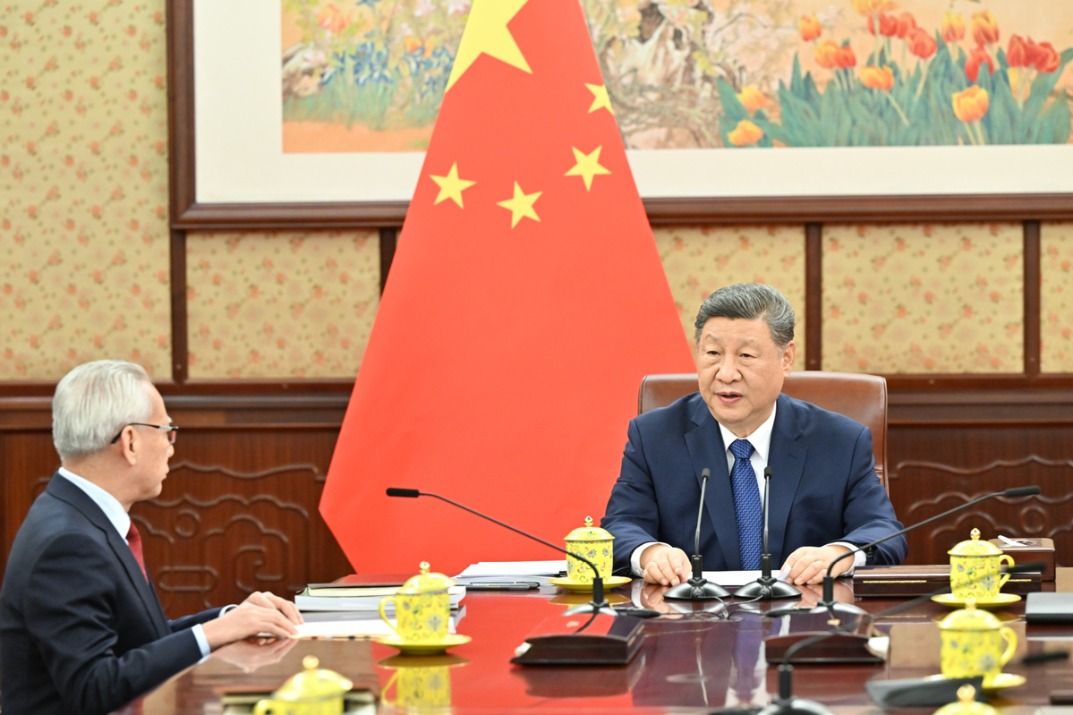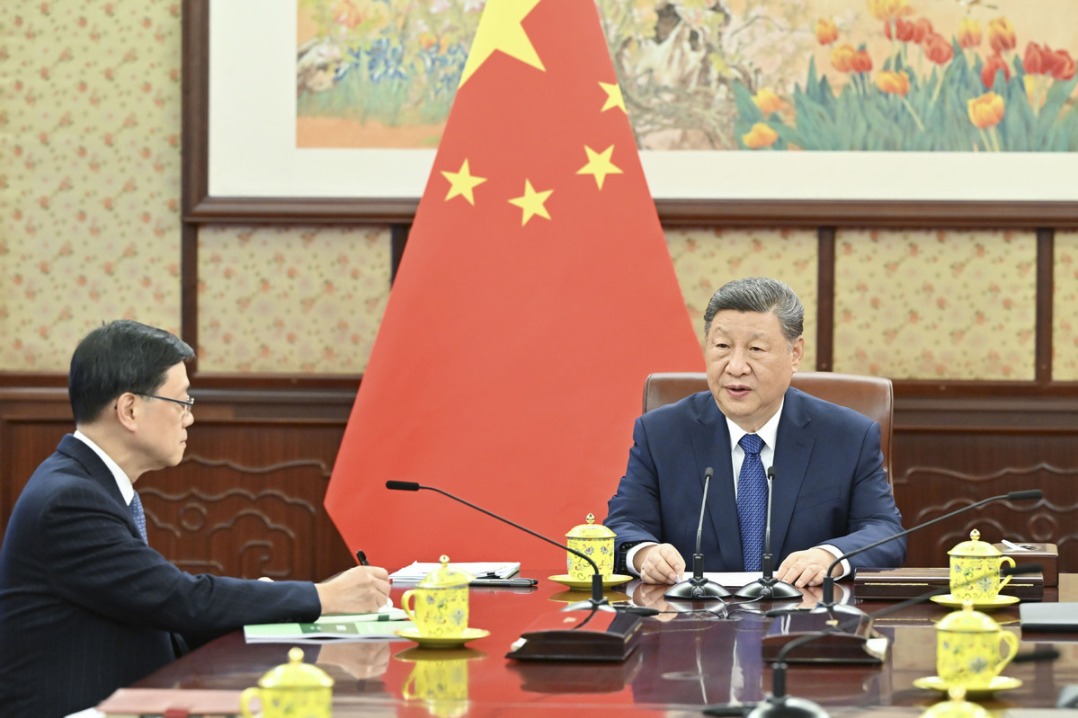Coming up: Future manufacturing stars
By OUYANG SHIJIA | China Daily | Updated: 2021-07-06 07:46

Guideline backs potential market leaders to strengthen supply chain
China's Ministry of Industry and Information Technology, the top industry regulator, has unveiled new steps to support the development of potential manufacturing leaders.
The move is to strengthen the nation's industrial and supply chains as well as accelerate the process of transforming the country into a manufacturing powerhouse, the MIIT said.
The country will strive to cultivate 10,000 little giant companies with high growth potential, advanced technologies and strong market competitive edge before 2025.
By then, 1,000 single-product champion enterprises and a group of leading enterprises with core competitiveness in the manufacturing sector will be formed, according to a guideline jointly released by the MIIT and five other departments.
The ministry said the new move marks a key step to spur market entities' vitality and foster high-quality development of the manufacturing sector, which will also help forestall and defuse risks and make industrial and supply chains more self-supporting.
According to the new guideline, the country will intensify efforts to make major breakthroughs and support the applications of core technologies, products and equipment, including basic parts, basic electronic components, basic software, basic materials, basic technology, high-end equipment, integrated circuits and cybersecurity.
The new guideline said the country will make a big push to strengthen enterprises' abilities to innovate, support the construction of innovation platforms such as manufacturing innovation center and the national engineering research center, promote the development of industrial digitalization and raise the levels of industrial and supply chain modernization.
More efforts will also be made to encourage qualified high-quality enterprises to go public and issue bonds, inspire other leading enterprises and single-product specialists to build research and development facilities and design centers across the globe, and persuade local governments to build cooperation parks with foreign entities in an orderly manner.
The MIIT said the new guideline is in line with the Outline for the 14th Five-Year Plan for Economic and Social Development and Long-Range Objectives through the Year 2035.
According to the outline, China will implement the pilot enterprise cultivation project and grow a group of enterprises with leadership capabilities spanning their entire ecosystem as well as core competitiveness.
It will also increase professional advantages for small and medium-sized enterprises and cultivate specialized and new little giant enterprises and single-product specialists in the manufacturing industry.
The ministry cited the Fortune Global 500 list of companies for 2020, saying a total of 133 Chinese companies are on the list, taking a leading role among countries on the list.
However, those companies' average operating income and profits only account for 81 percent and 60.3 percent of the US companies on the list respectively.
In the context of the COVID-19 pandemic that has created grim and complicated situations at home and abroad, new problems and challenges bedevil the development of various enterprises.
Lack of independent innovation capabilities, risks in industrial and supply chains, and a shortage of talent in the fields of technological innovation and operational management are proving to be impediments to contend with, the ministry noted.
Despite mounting uncertainties, China has the confidence and capabilities to deepen the implementation of the manufacturing powerhouse strategy, as it has a complete industrial system, a large number of skilled workers and engineers, developed infrastructure and logistics networks, and a very large domestic market, said Zhang Yuxian, director of the Department of Economic Forecasting at the State Information Center.
According to MIIT data, the average annual growth rate of added value of the high-tech manufacturing industry was 10.4 percent from 2016 to last year, which was 4.9 percentage points higher than the average annual growth rate of added value of industrial companies with annual revenue of more than 20 million yuan ($3 million) for the five-year period.
Looking ahead, Zhang said more efforts should be made to promote the deep integration of industrial chain and innovation chain, promote the digital and intelligent development of industrial chains and accelerate industrial transfers to central and western regions of the country.
























